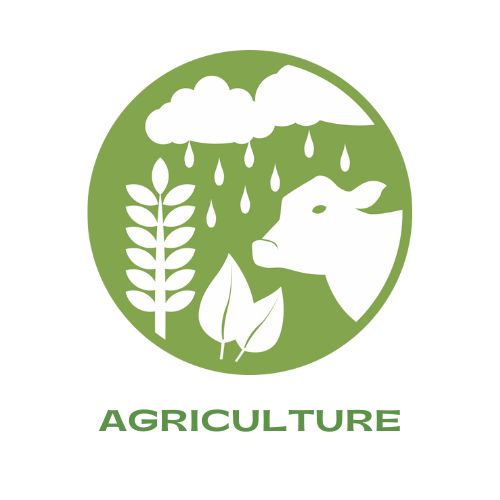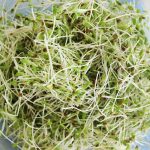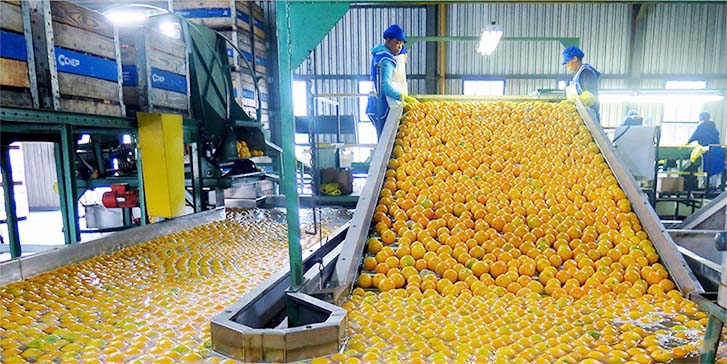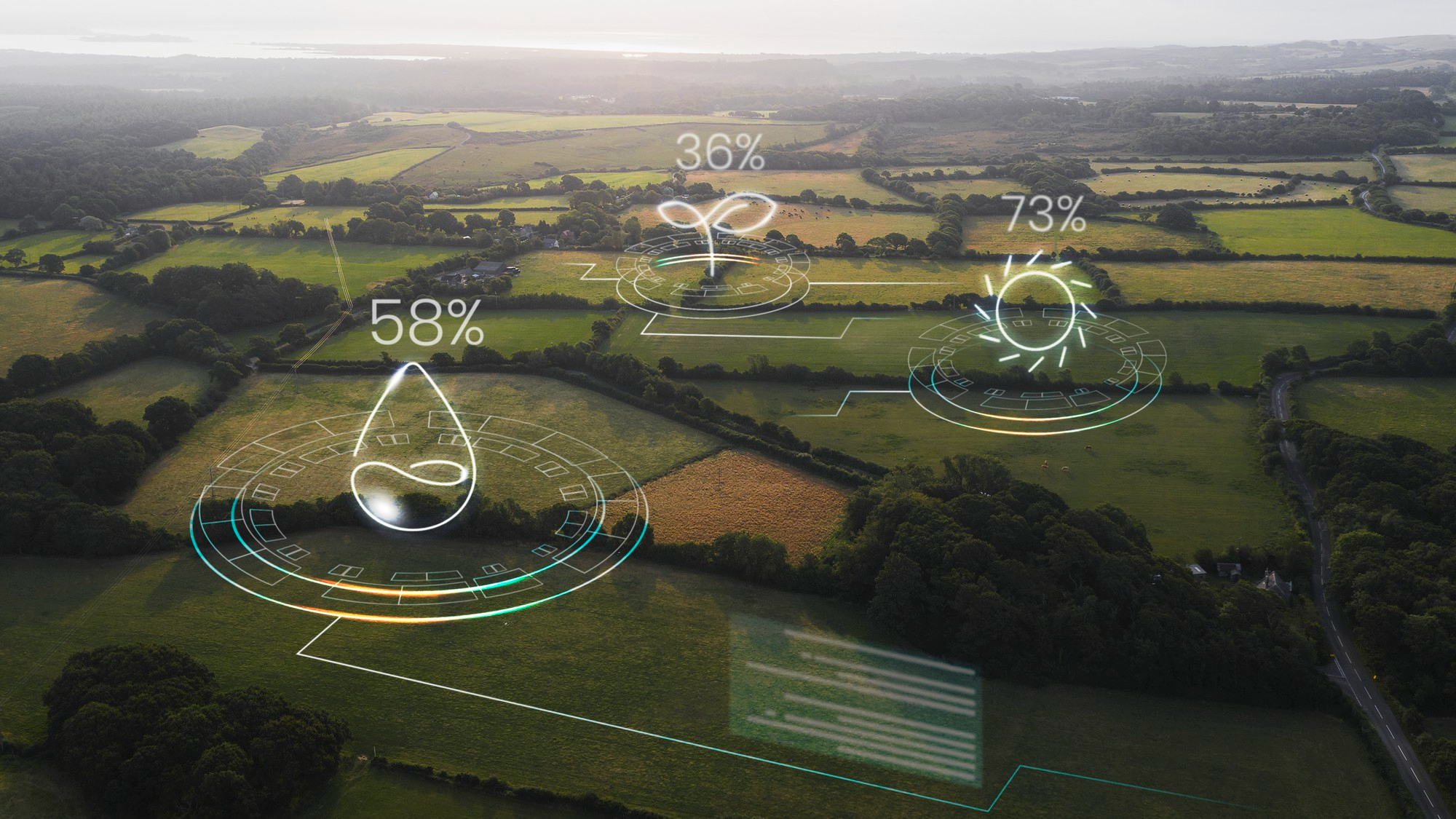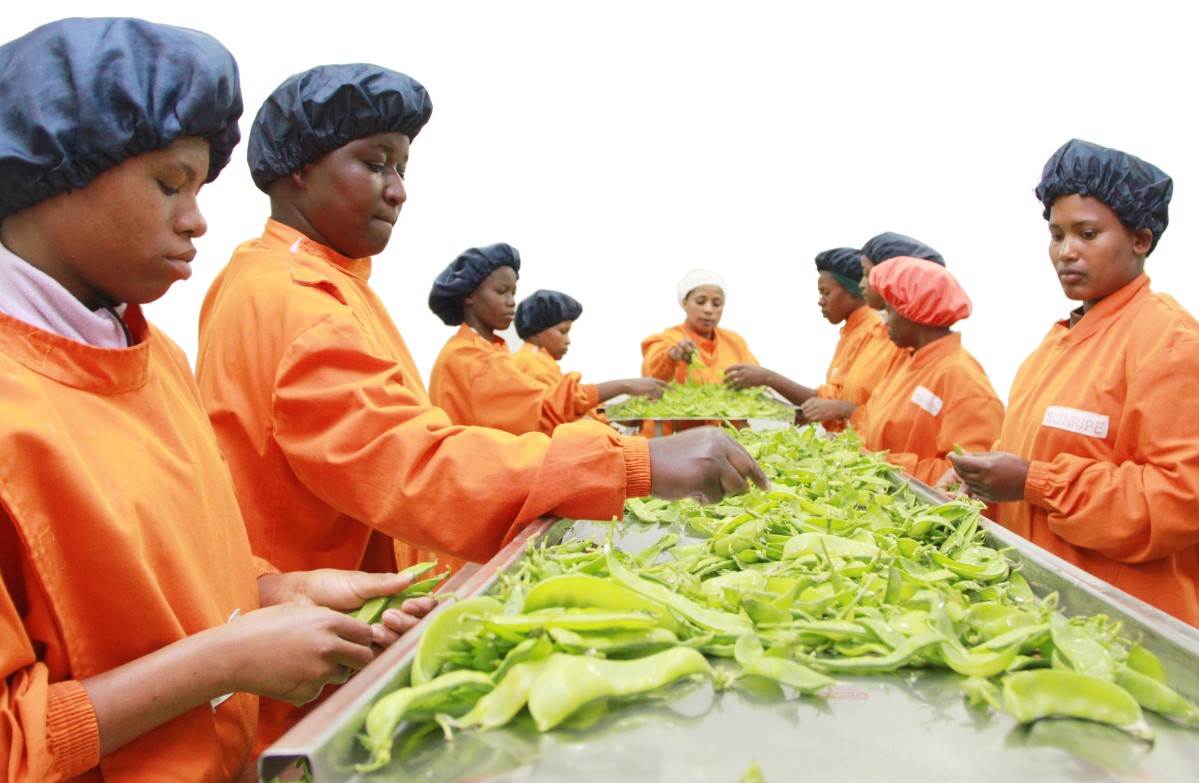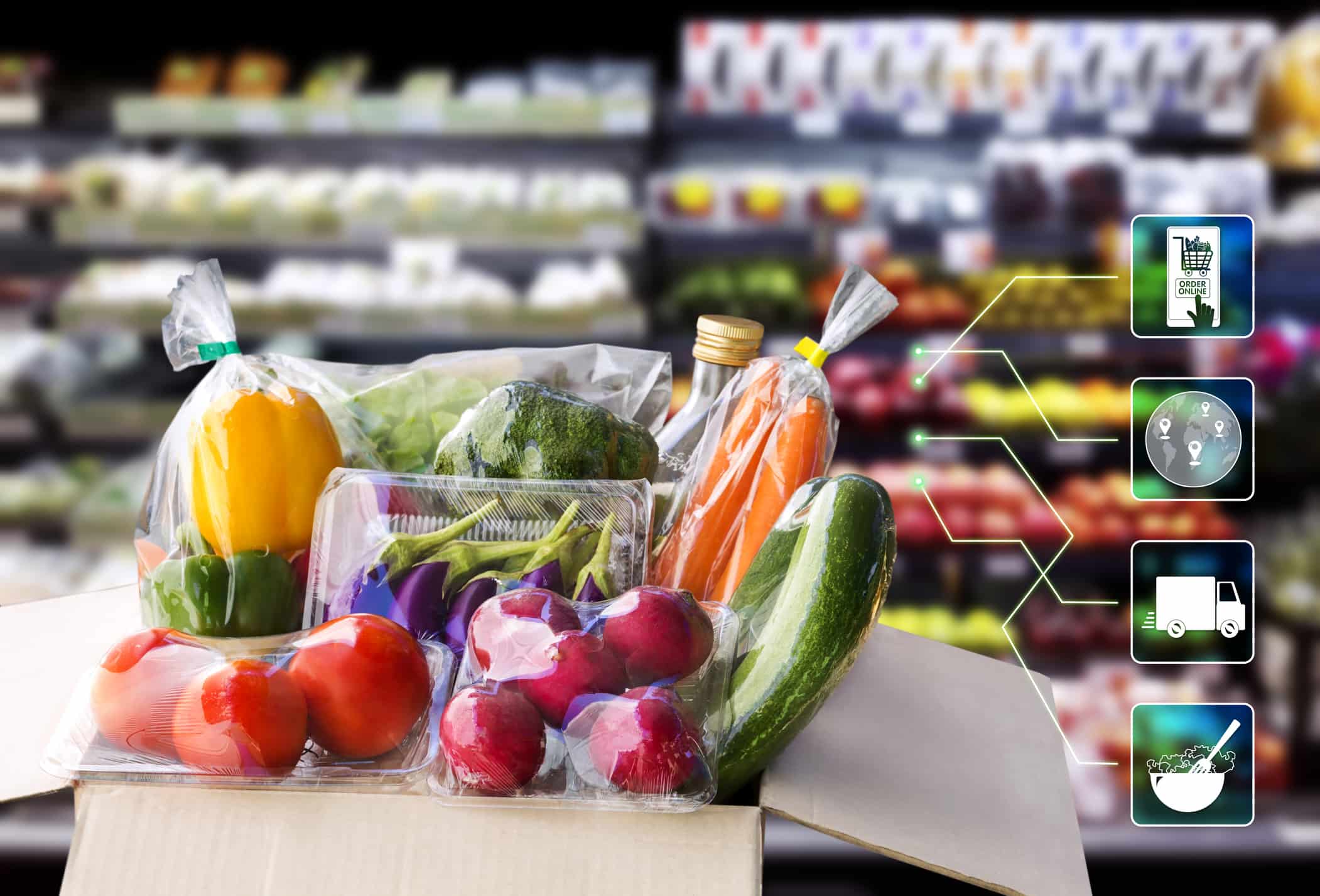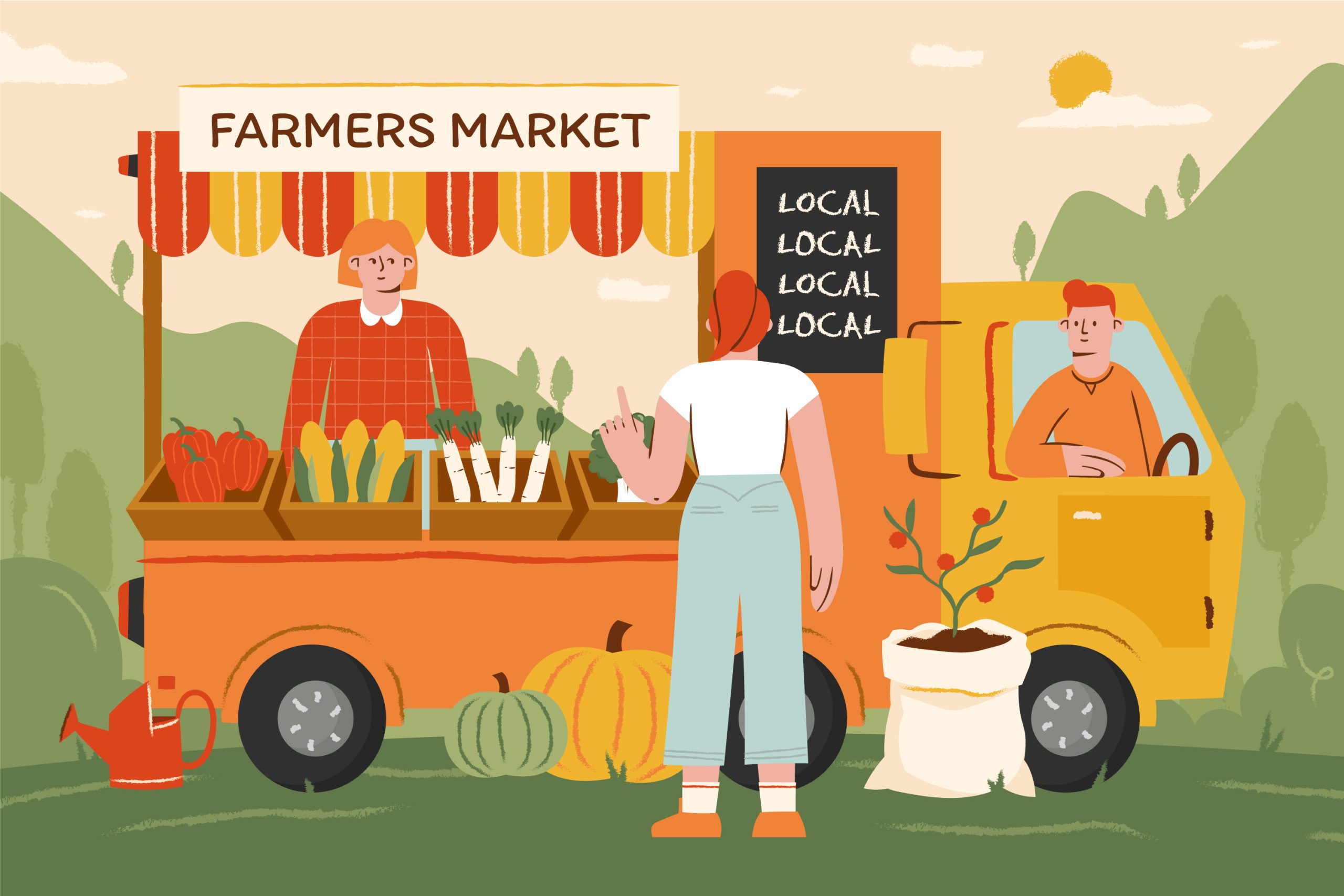In the realm of agriculture, the journey from farm to flavor is not merely about growing crops; it’s about transforming raw produce into value-added products that captivate taste buds and inspire culinary creativity. Value-added processing is revolutionizing the agricultural landscape, offering farmers new opportunities to maximize the potential of their harvests and connect with consumers on a deeper level. In this article, we’ll explore the transformative power of value-added processing and its impact on the agricultural industry.
Challenges in Agriculture: The Need for Value-Added Processing
Traditional agricultural models often focus solely on the production of raw commodities, leaving farmers susceptible to price fluctuations, market uncertainties, and limited profit margins. Additionally, consumers increasingly seek unique, artisanal products that offer exceptional flavor, quality, and nutritional value. Without diversification and value addition, farmers may struggle to differentiate their offerings and meet the evolving demands of the market.
Innovate or Stagnate: The Case for Value-Added Processing
Amidst these challenges lies an opportunity for innovation and growth. Value-added processing empowers farmers to add value to their crops through methods such as preservation, packaging, flavor enhancement, and product development. By transforming raw ingredients into culinary delights, farmers can create premium products that command higher prices, cultivate brand loyalty, and forge stronger connections with consumers.
Unlocking Potential: Strategies for Value-Added Processing
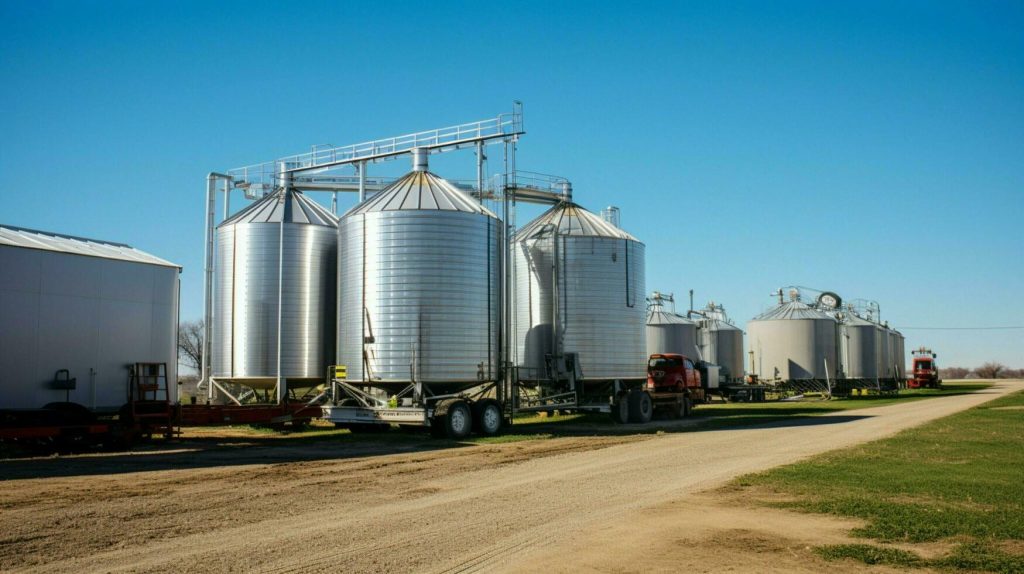
- Preservation Techniques:
Preserving Perfection: Techniques for Value-Added Agriculture- Explore various preservation methods, including canning, drying, freezing, and fermentation, to extend the shelf life of perishable produce.
- Preservation not only reduces food waste but also enables farmers to offer seasonal flavors year-round.
- Case Study Example: Bee’s Wrap produces sustainable and reusable food wraps made from organic cotton infused with beeswax, organic jojoba oil, and tree resin. Their wraps offer an eco-friendly alternative to plastic wrap, helping consumers preserve food while reducing waste.
- Culinary Innovation:
Flavor Fusion: Culinary Creativity in Value-Added Processing- Partner with chefs, food scientists, and culinary experts to develop innovative recipes and flavor profiles that showcase the unique characteristics of your crops.
- Experiment with different ingredients, techniques, and culinary trends to create distinctive and memorable products.
- Case Study Example: Beyond Meat is a pioneer in plant-based meat alternatives, offering innovative products such as the Beyond Burger and Beyond Sausage. Their products mimic the taste, texture, and appearance of traditional meat while being made entirely from plant-based ingredients.
- Artisanal Processing:
Crafting Excellence: The Art of Artisanal Value-Added Products- Embrace artisanal processing methods that prioritize quality, craftsmanship, and attention to detail.
- Handcrafted products imbued with artisanal flair appeal to consumers seeking authenticity and craftsmanship in their food choices.
- Case Study Example: Taza Chocolate specializes in stone-ground, organic chocolate crafted using traditional Mexican techniques. Their artisanal approach to chocolate-making results in bold flavors and unique textures, appealing to chocolate enthusiasts seeking high-quality, ethically sourced products.
- Brand Development:
Storytelling Harvests: Building Brands in Value-Added Agriculture- Invest in brand development and storytelling to convey the story behind your products and connect with consumers on an emotional level.
- Highlight the journey from seed to table, celebrate the farmers and artisans behind the scenes, and showcase the natural beauty and bounty of your region.
- Case Study Example: Patagonia Provisions is a subsidiary of outdoor apparel company Patagonia, dedicated to producing sustainable and ethically sourced food products. They emphasize transparency, environmental stewardship, and regenerative agriculture, cultivating a loyal customer base passionate about conscious consumption.
- Market Diversification:
Beyond Borders: Expanding Markets with Value-Added Products- Explore diverse market channels, including farmers’ markets, specialty stores, online platforms, and farm-to-table restaurants, to reach a broader audience of discerning consumers.
- Tailor your marketing efforts to resonate with each market segment and communicate the unique value proposition of your products.
- Case Study Example: Blue Bottle Coffee is renowned for its specialty coffee offerings and commitment to quality and sustainability. They operate a network of cafes, sell coffee beans online, and partner with select retailers to bring their products to a diverse audience of coffee enthusiasts.
- Quality Assurance:
From Field to Fork: Ensuring Quality in Value-Added Processing- Maintain stringent quality control measures throughout the processing and packaging stages to ensure consistency, safety, and integrity.
- Adhere to industry standards, certifications, and best practices to build trust and confidence among consumers.
- Case Study Example: Organic Valley is a cooperative of organic farmers committed to producing high-quality dairy products, meat, and produce. Their products carry the USDA Organic certification and undergo rigorous quality control measures to ensure they meet strict organic standards and deliver superior taste and nutrition.
Harvesting the Future: The Promise of Value-Added Agriculture:
In the dynamic landscape of agriculture, value-added processing emerges as a catalyst for transformation and innovation.
By leveraging the power of processing, farmers can elevate their crops from commodities to culinary treasures, unlocking new revenue streams, expanding market opportunities, and fostering meaningful connections with consumers.
As we embark on this journey from farm to flavor, let us embrace creativity, craftsmanship, and collaboration to create a future where agriculture thrives, and every harvest tells a story of taste, tradition, and transformation.

